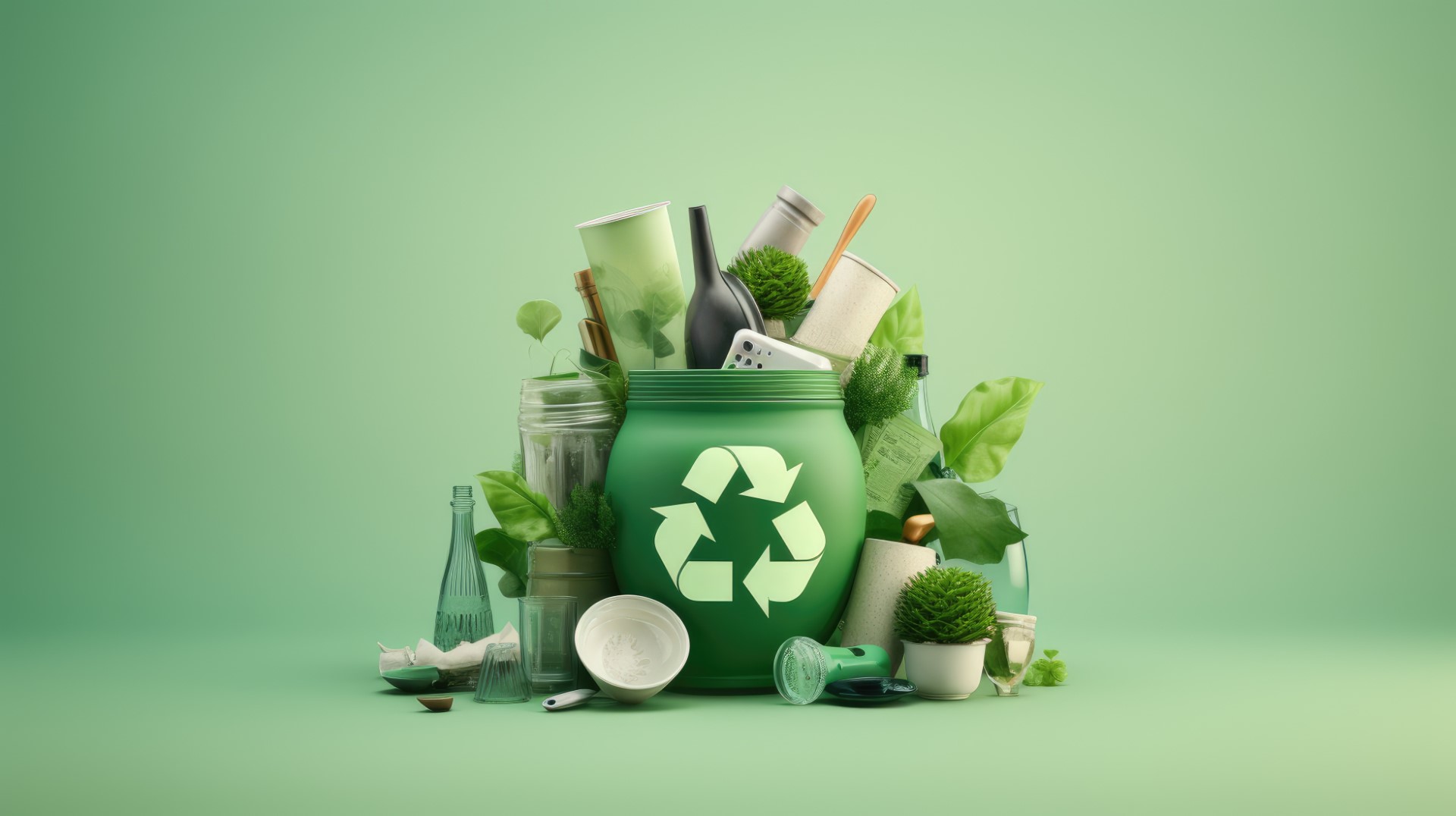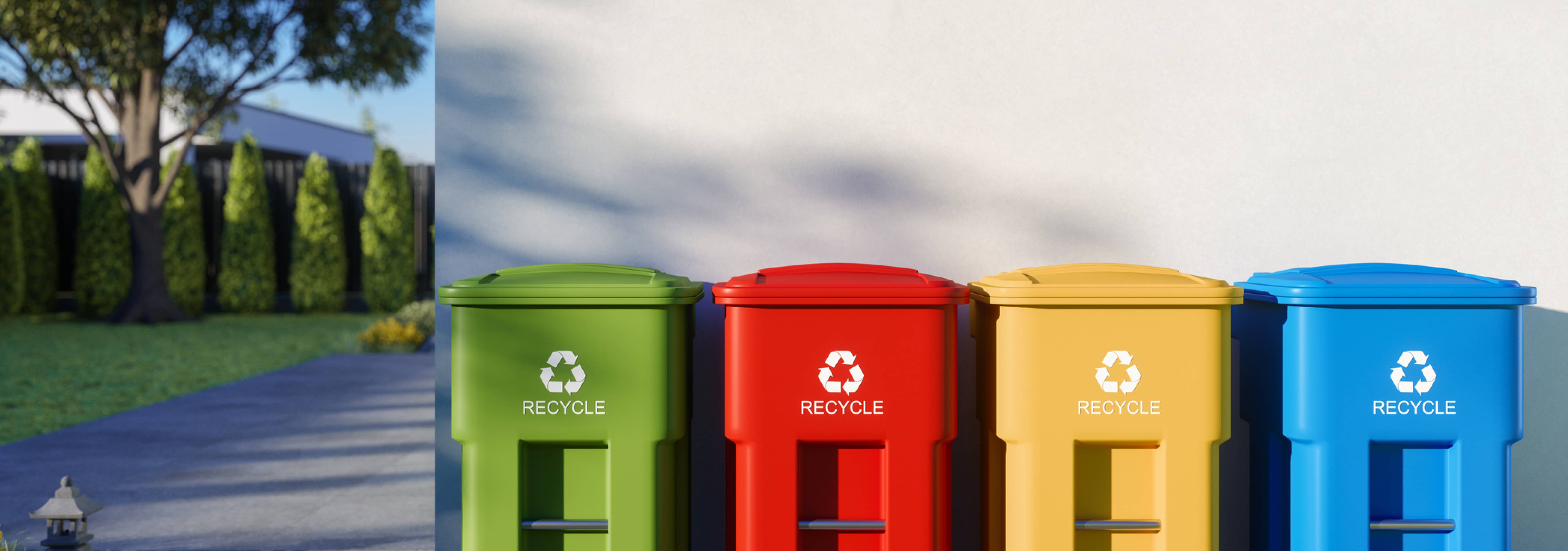Why Pick Recycling Lives Services for Your Waste Monitoring Demands
Why Pick Recycling Lives Services for Your Waste Monitoring Demands
Blog Article
Checking Out Different Kinds Of Waste in Modern Waste Monitoring Equipment
The contemporary landscape of waste management entails navigating a complex array of waste kinds, each requiring specialized handling and disposal techniques to alleviate ecological influences. Municipal strong waste, dangerous waste, electronic waste, and organic waste each present distinct difficulties and chances for source recuperation.
Metropolitan Strong Waste
Municipal solid waste, often described as home trash or trash, encompasses a selection of discarded materials created by domestic, industrial, and institutional sources within a district. This waste stream usually includes products such as packaging, food scraps, lawn trimmings, paper, plastics, textiles, and thrown out house products. The monitoring of local solid waste is a critical part of city preparation and public wellness, demanding reliable collection, transport, and disposal systems.
Efficient waste monitoring systems are developed to reduce environmental effect while making best use of source healing. Composting organic waste, such as food scraps and lawn trimmings, not only lowers land fill use but also produces useful soil amendments.
Districts have to additionally deal with the economic and logistical difficulties linked with waste administration. Carrying out pay-as-you-throw systems, boosting public understanding, and spending in technology can substantially improve waste diversion rates. By incorporating these techniques, towns can cultivate sustainable neighborhoods, reduce greenhouse gas exhausts, and conserve natural deposits.
Contaminated Materials

Effective hazardous waste monitoring entails numerous critical steps: recognition, disposal, therapy, and segregation. Partition guarantees that dangerous products are stored independently from non-hazardous waste to prevent cross-contamination.
Regulative structures, such as the Resource Preservation and Healing Act (RCRA) in the USA, supply guidelines and requirements for contaminated materials monitoring. Adherence to these regulations, paired with developments in waste treatment modern technologies, is important in minimizing the dangers linked with contaminated materials.
Digital Waste
Digital waste, commonly referred to as e-waste, represents a quickly expanding obstacle in waste monitoring systems internationally. This kind of waste includes disposed of electronic gadgets and tools such as smartphones, computers, televisions, and various other digital devices. The quick speed of technological innovation, paired with reducing item lifespans and customer demand for the most recent gadgets, has actually significantly boosted the volume of e-waste generated every year.
E-waste is especially troublesome because of its complicated composition, usually including dangerous substances like mercury, cadmium, and lead, which position significant environmental and wellness dangers otherwise correctly handled. Alternatively, e-waste additionally contains beneficial products such as silver, gold, and copper, which can be recuperated and recycled. The dual nature of e-waste-- both harmful and useful-- demands customized handling, recycling, and disposal procedures.
Efficient e-waste management entails strict regulative frameworks, durable collection systems, and advanced reusing technologies. Public awareness and involvement are important, as improper disposal practices, such as prohibited unloading and casual recycling, exacerbate ecological contamination and carcinogen. Boosting e-waste monitoring techniques is crucial for alleviating environmental effect and recuperating useful sources in a significantly electronic world.

Organic Waste
Organic waste, consisting of cooking area scraps, lawn trimmings, and agricultural deposits, represents a considerable portion of the international waste stream. This kind of waste is naturally degradable, indicating it can be broken down by bacteria into easier natural substances. In spite of its capacity for all-natural disintegration, inappropriate management of natural waste can lead to unfavorable environmental influences, including the discharge of greenhouse gases such as methane, which contribute to climate change.
Efficient monitoring of organic waste is crucial for lessening these ecological impacts (recycling lives services). Composting is a commonly taken on method, changing natural waste into nutrient-rich garden compost that can enhance dirt wellness and agricultural productivity. Additionally, anaerobic digestion is an emerging innovation that transforms organic waste right into biogas, a renewable resource source, and digestate, which can be made use of as plant food
Municipalities and waste administration entities should implement robust organic waste collection and therapy programs to optimize the advantages of these processes. Public education and learning campaigns can additionally play a pivotal function in motivating families and organizations to different organic waste from various other kinds of waste. By focusing on the management of organic waste, societies can decrease garbage dump use, lower greenhouse gas discharges, and produce beneficial results for farming usage.

Ingenious Waste Administration
In the realm of waste administration, cutting-edge approaches are changing just view how societies manage their refuse, aiming for sustainability and efficiency. These improvements incorporate a series of modern technologies and methods that improve reusing rates, lower garbage dump dependency, and lower ecological effect. One famous technology is the execution of clever waste bins outfitted with sensors that keep an eye on fill degrees and enhance collection paths. This not only decreases fuel usage however likewise reduces greenhouse gas discharges.
Another remarkable development is the adoption of waste-to-energy (WtE) technologies. By transforming non-recyclable waste right into functional energy via processes such as incineration and anaerobic digestion, WtE lowers land fill problem and offers a sustainable energy resource. Moreover, advancements in chemical reusing permit the malfunction of intricate plastics into their original monomers, making it possible for the development of new, high-quality plastic items.
Additionally, the round economic climate model is gaining traction, emphasizing the design of products and systems that prioritize reusability and source performance. This holistic method encourages industries to decrease waste generation from the beginning. Through these cutting-edge approaches, modern waste management systems are not just dealing with the prompt obstacles of waste disposal but his response also leading the means for a much more sustainable future.
Verdict
A detailed understanding of local solid waste, hazardous waste, digital waste, and organic waste, paired with the execution of ingenious waste monitoring options, is critical for minimizing environmental impacts. Integrating innovations such as wise waste containers and waste-to-energy systems can boost performance and sustainability. Effective waste management techniques not only foster source healing yet additionally promote public understanding and involvement, inevitably adding to the development of a circular economy.
The contemporary landscape of waste administration includes browsing a complex range of waste types, each needing specialized handling and disposal approaches to minimize ecological impacts. Municipal solid waste, hazardous waste, digital waste, and natural waste each existing unique difficulties and chances for source healing.Electronic waste, frequently referred to as e-waste, stands for a swiftly expanding obstacle Full Article in waste management systems worldwide. Via these innovative strategies, contemporary waste monitoring systems are not only resolving the immediate challenges of waste disposal yet additionally leading the method for a more lasting future.
A detailed understanding of municipal solid waste, dangerous waste, electronic waste, and organic waste, combined with the application of ingenious waste monitoring remedies, is critical for reducing ecological influences. (recycling lives services)
Report this page